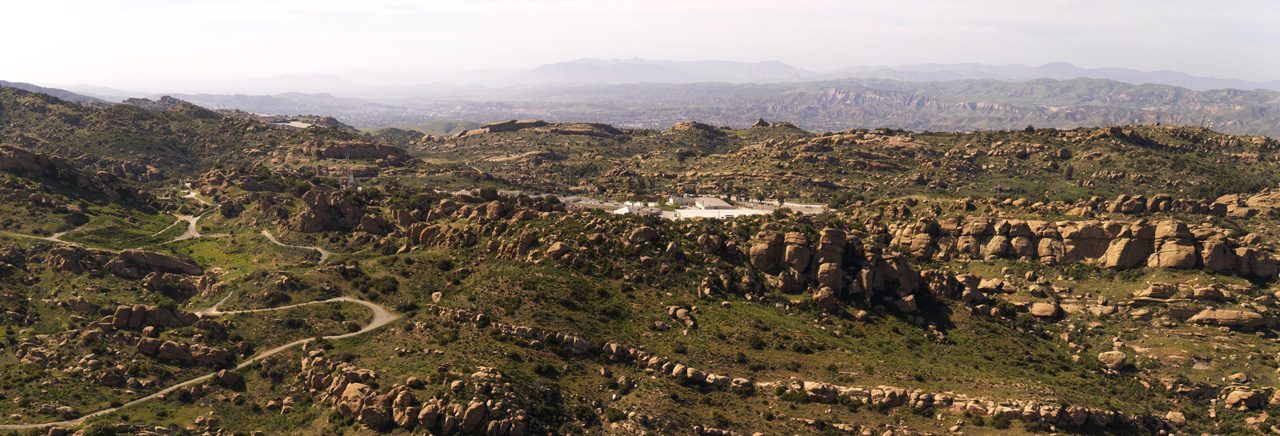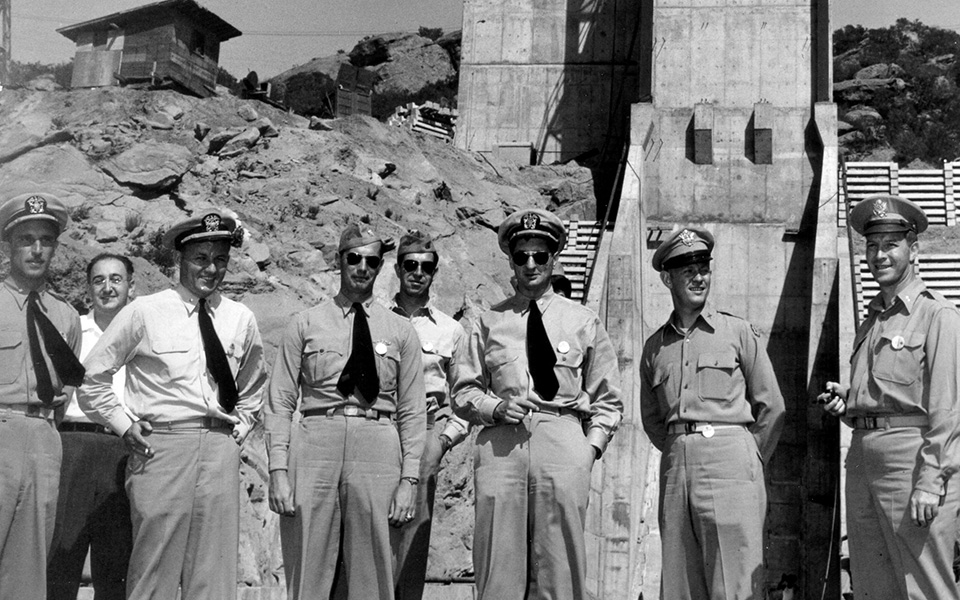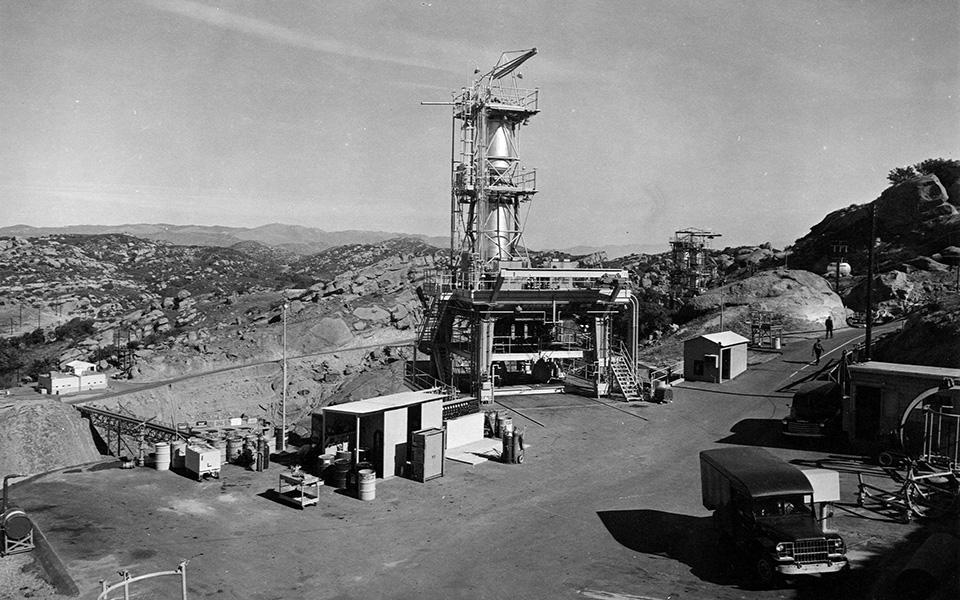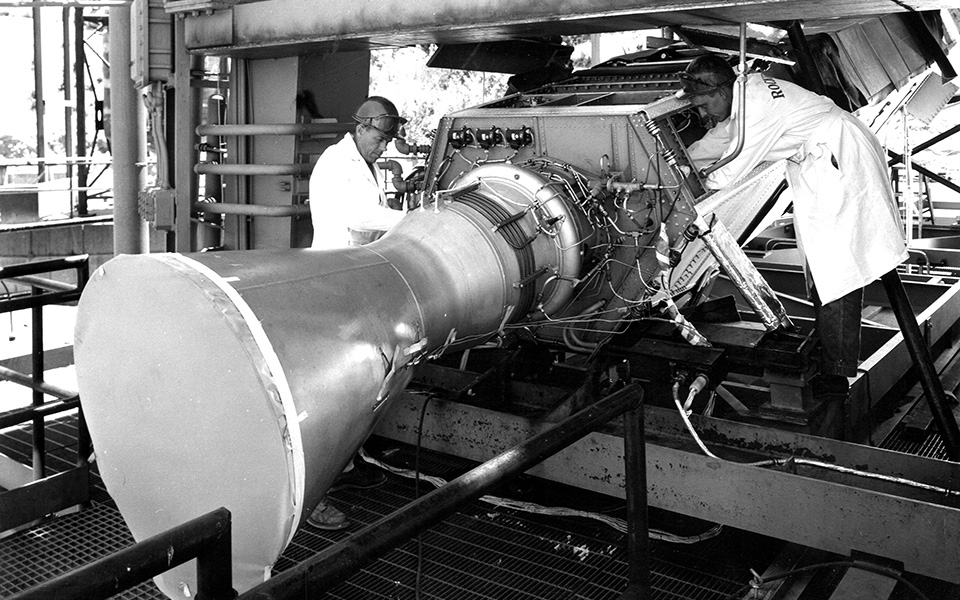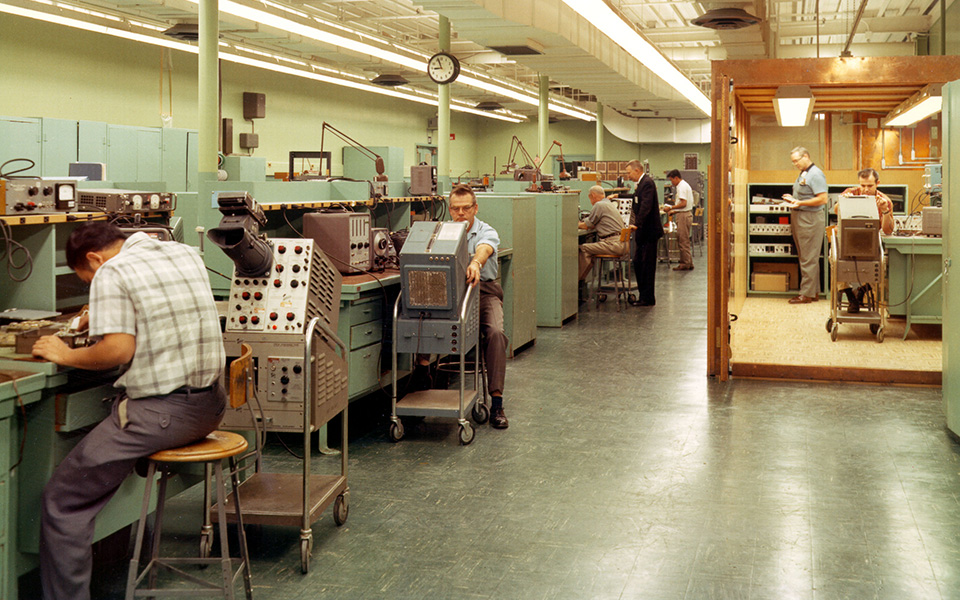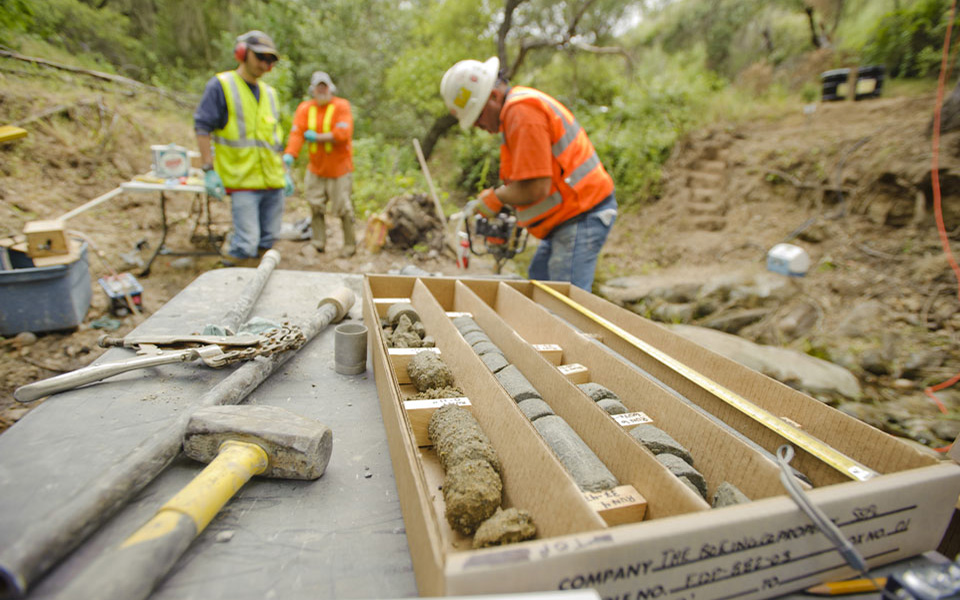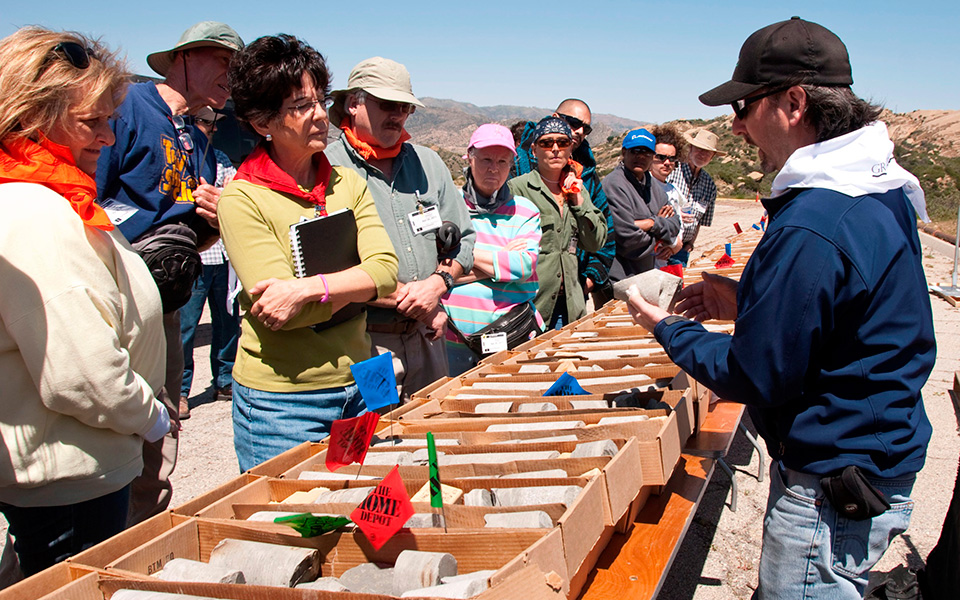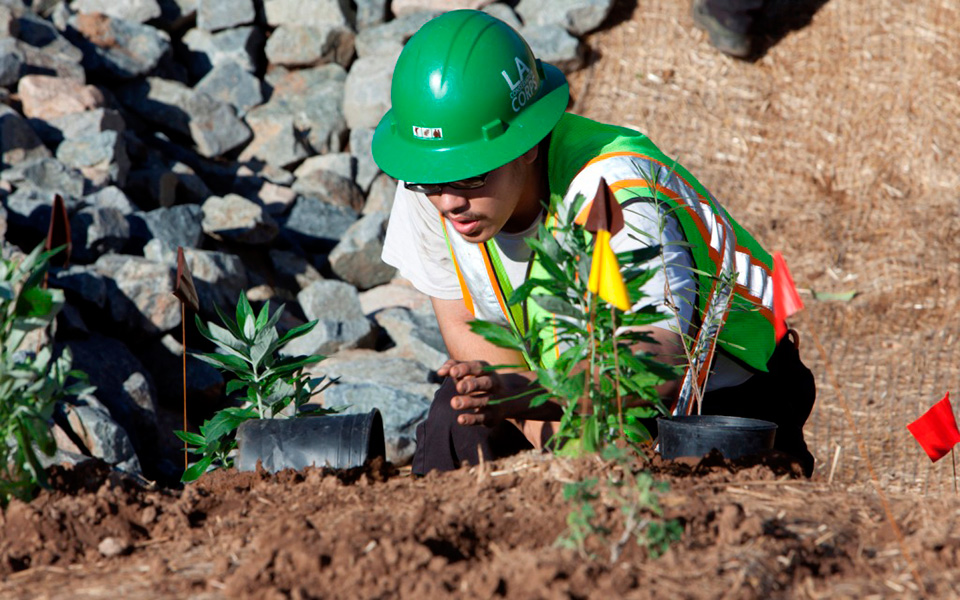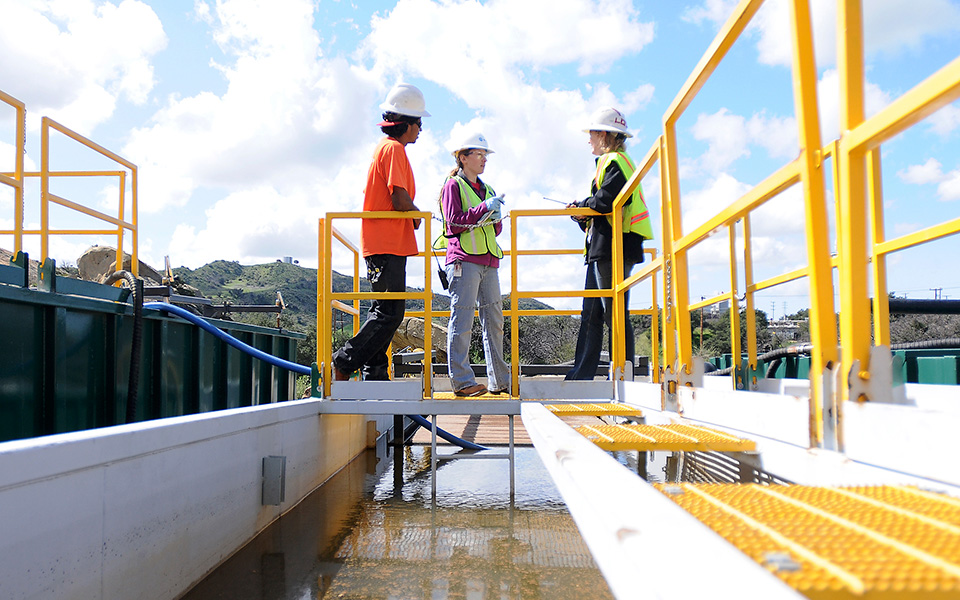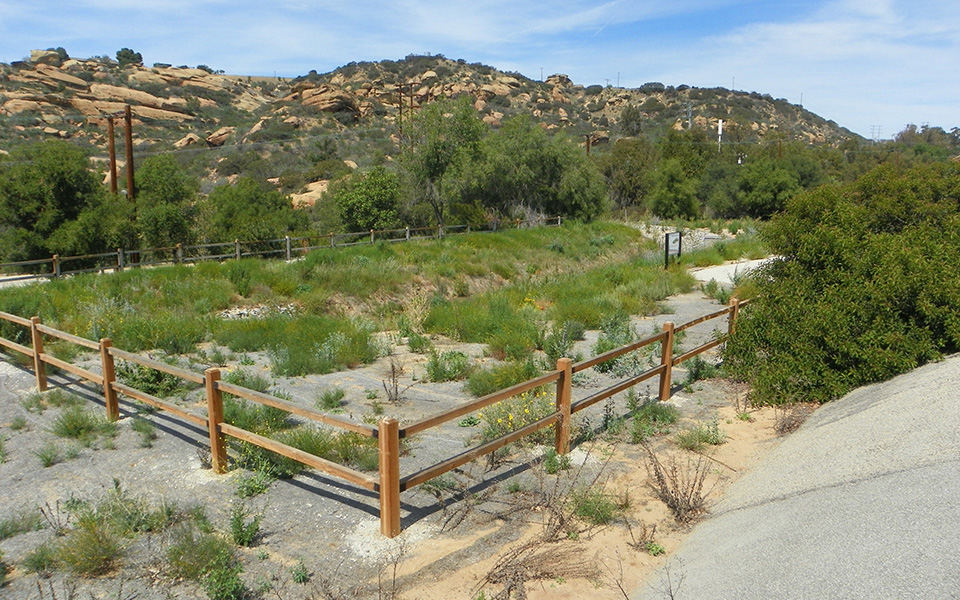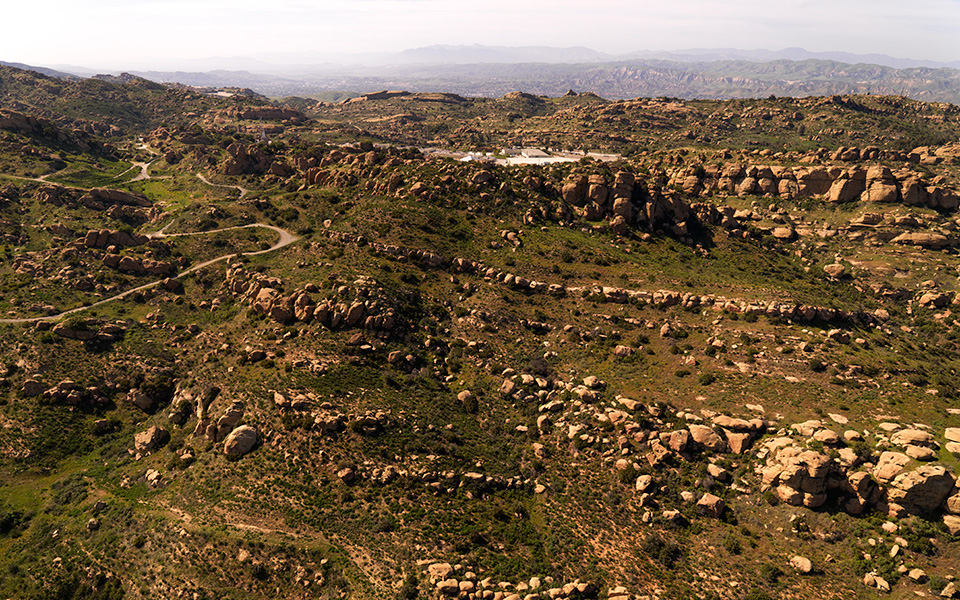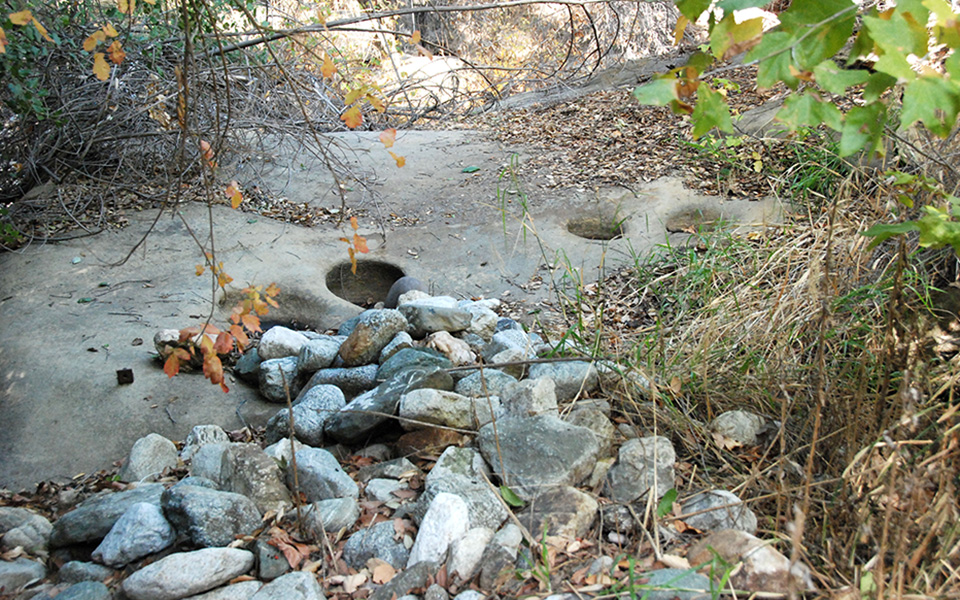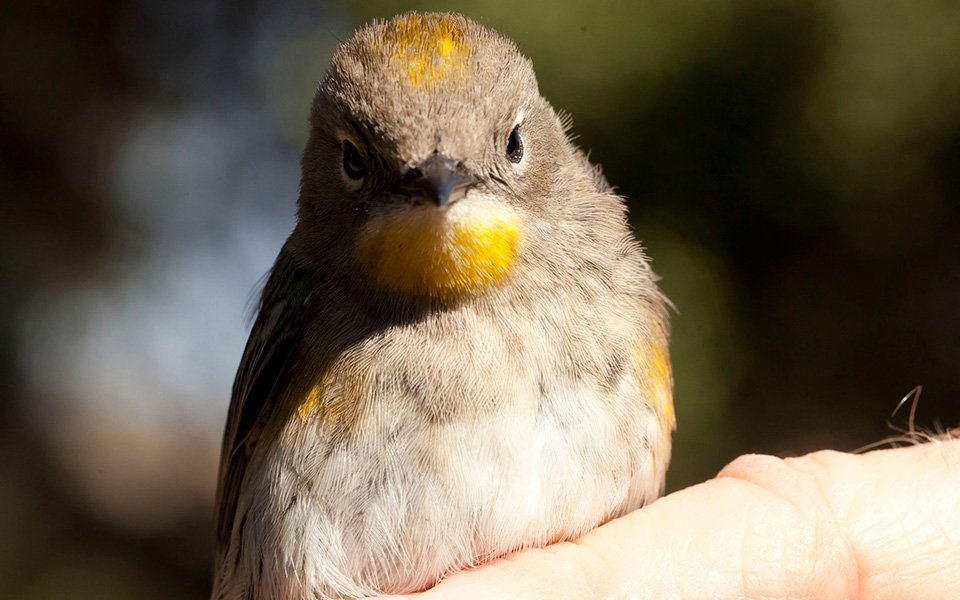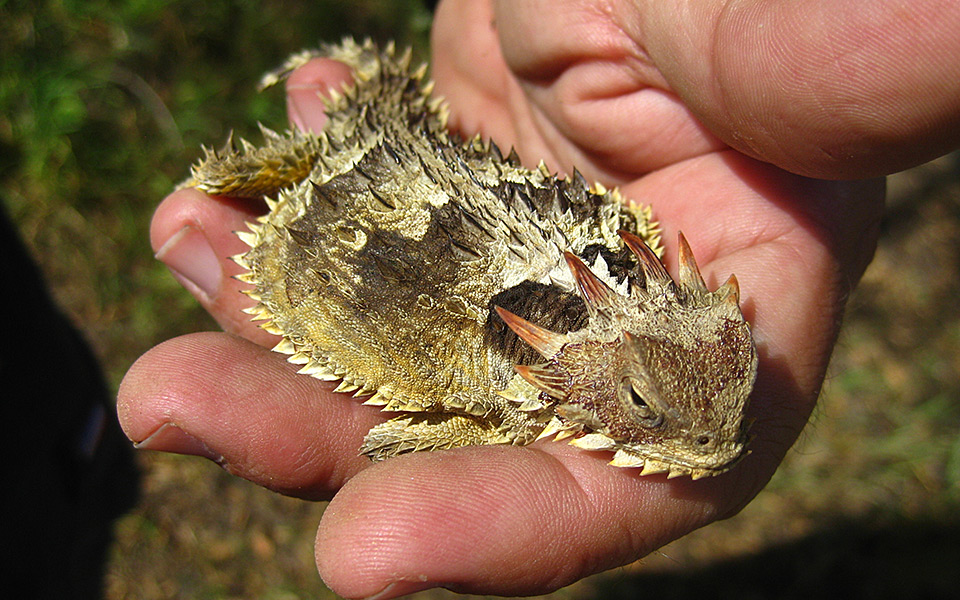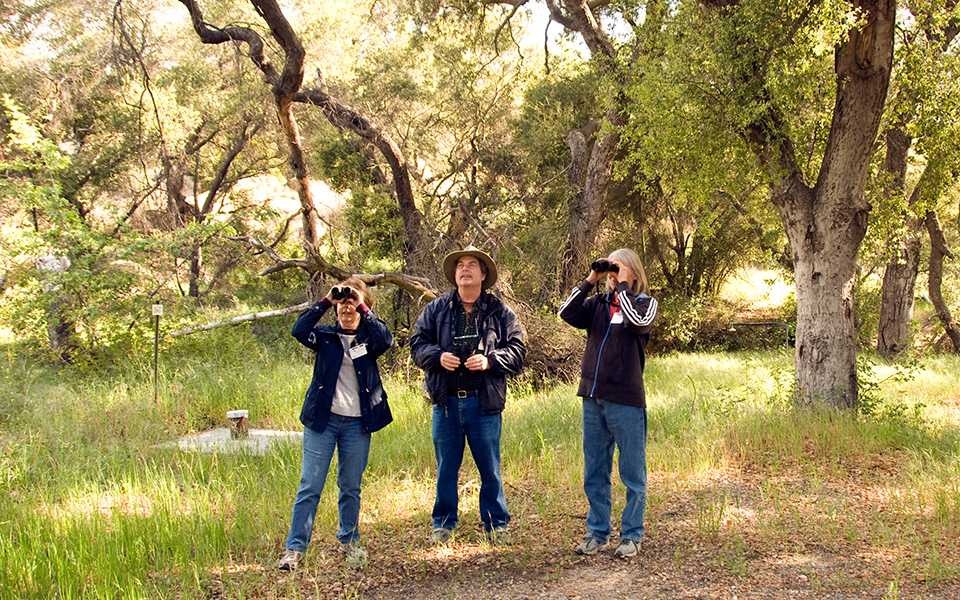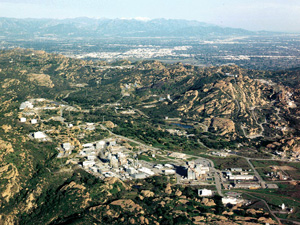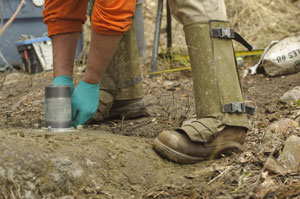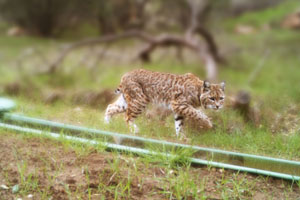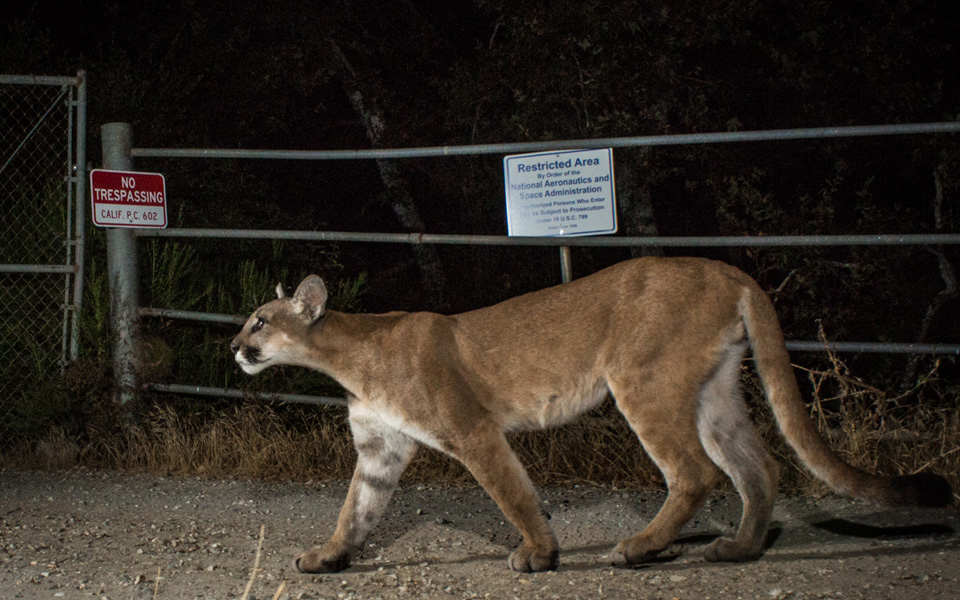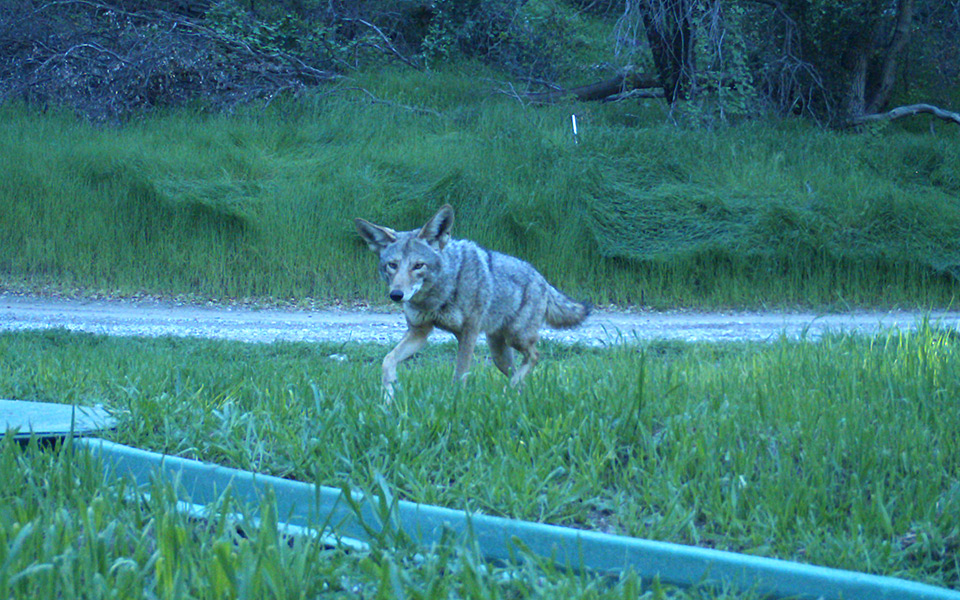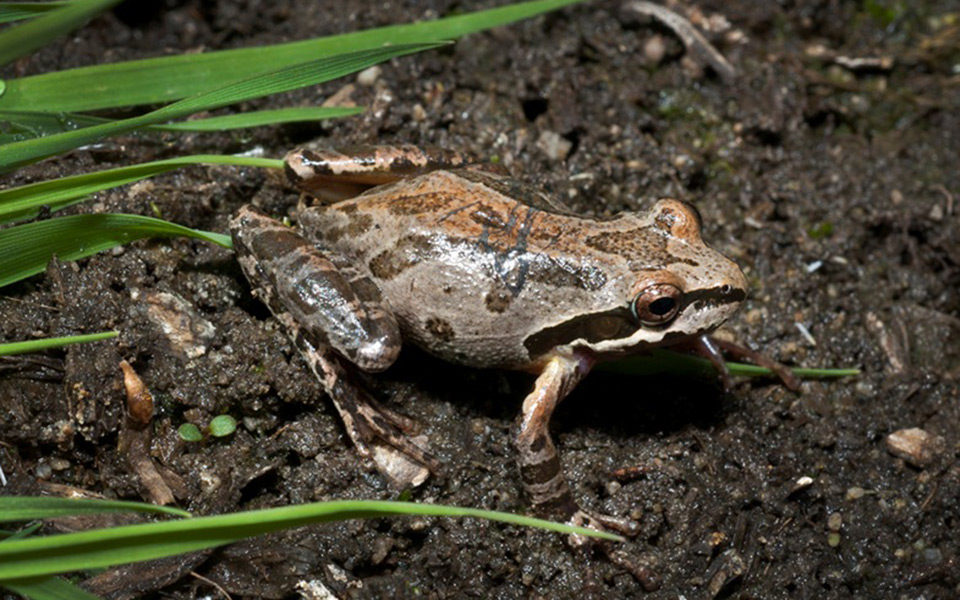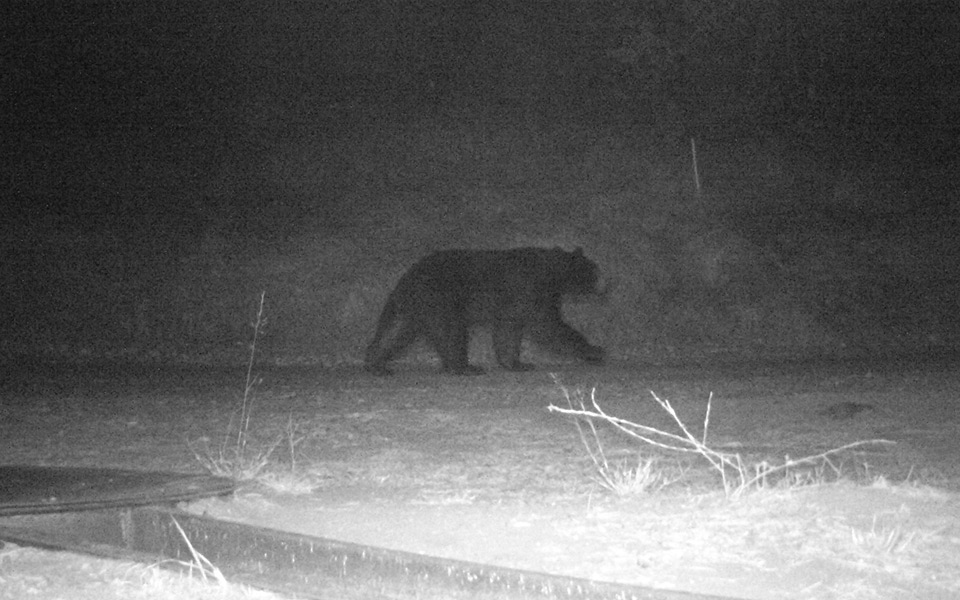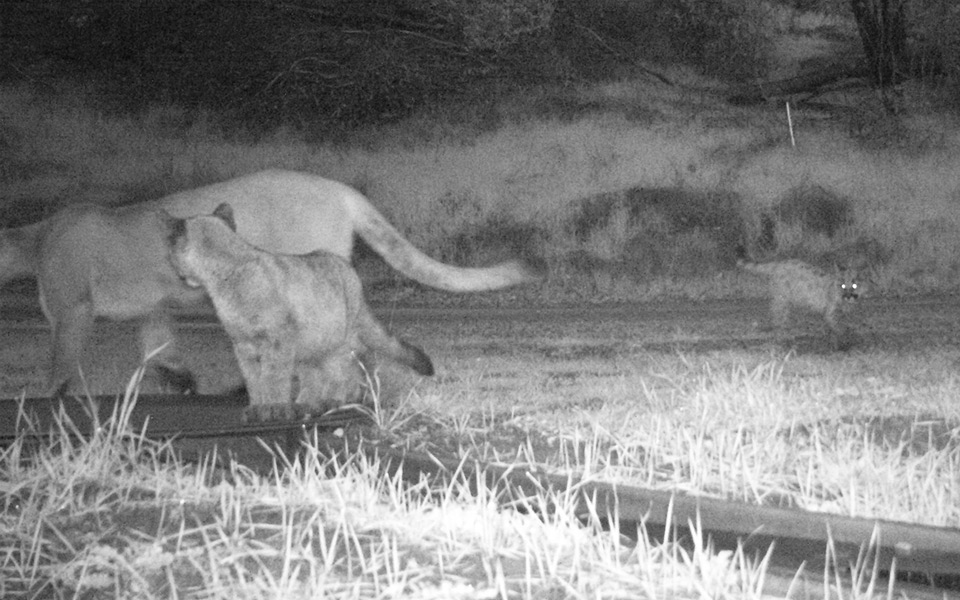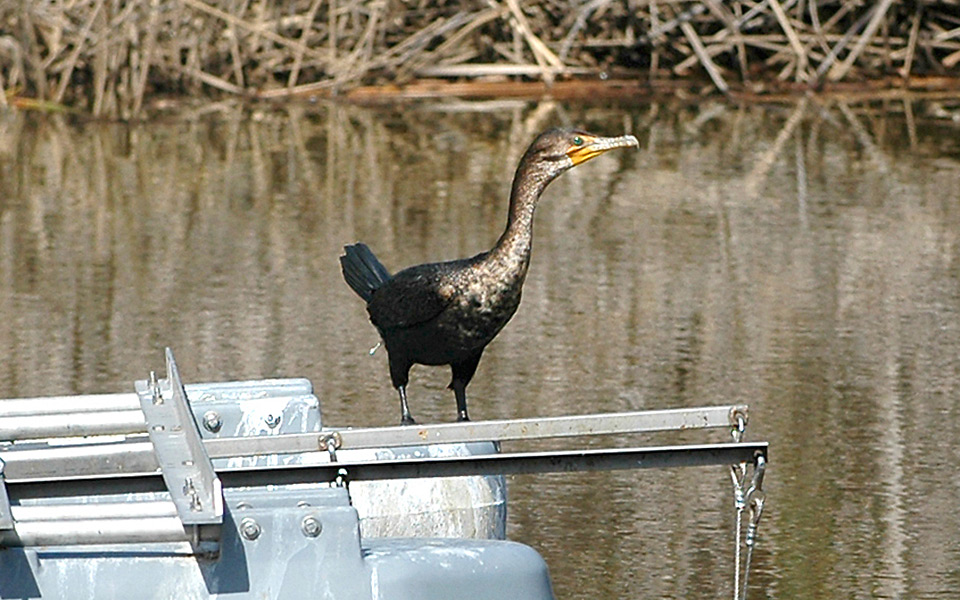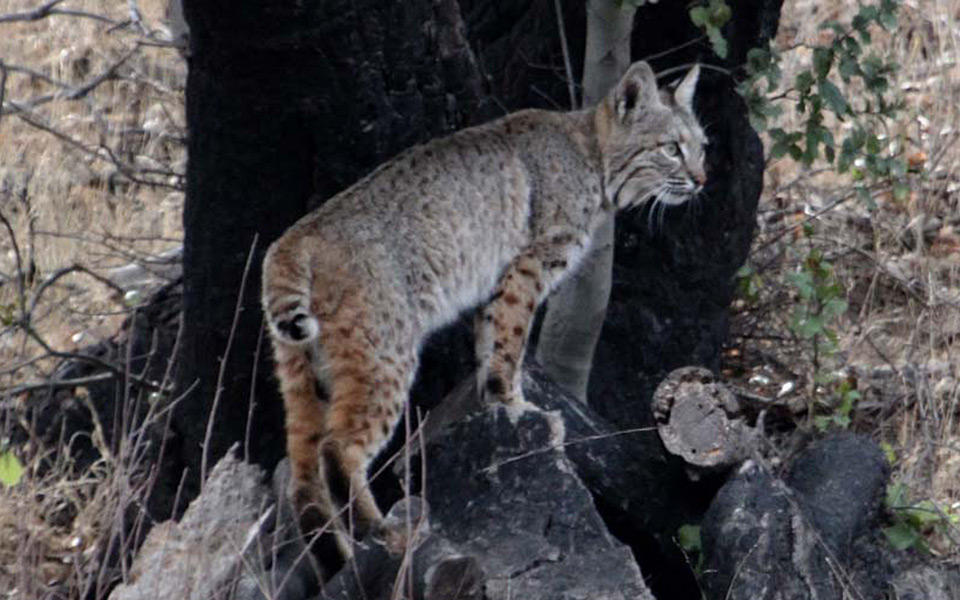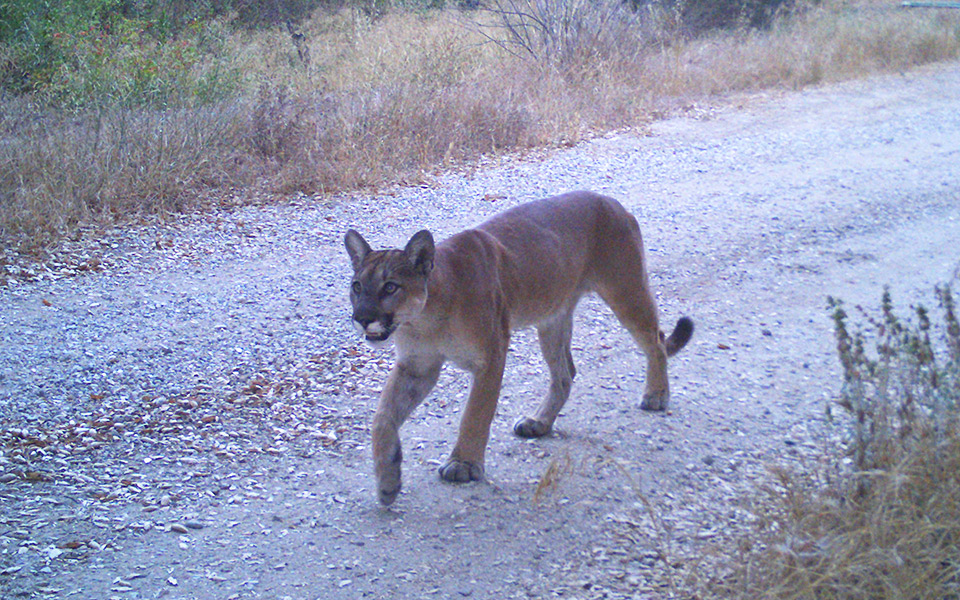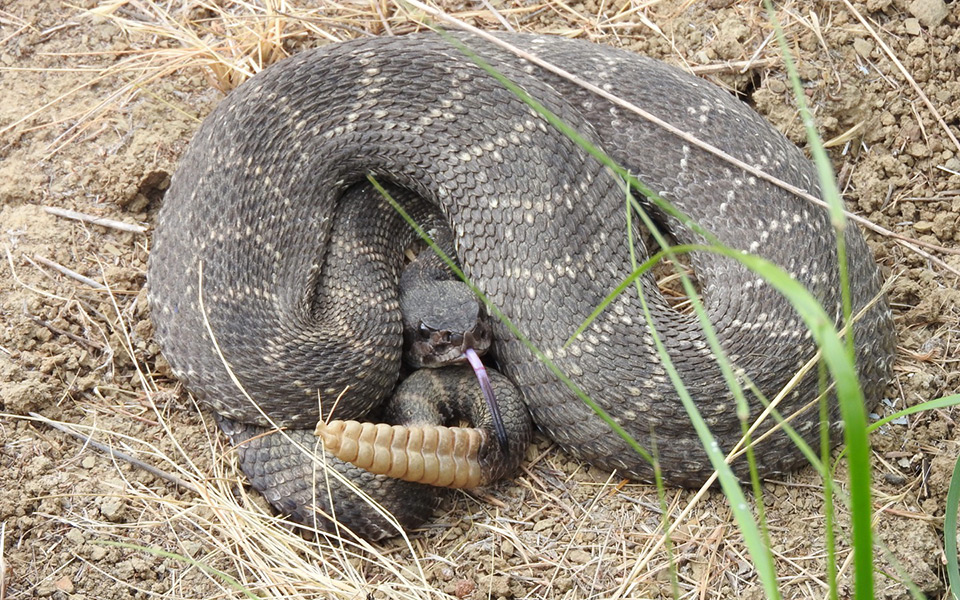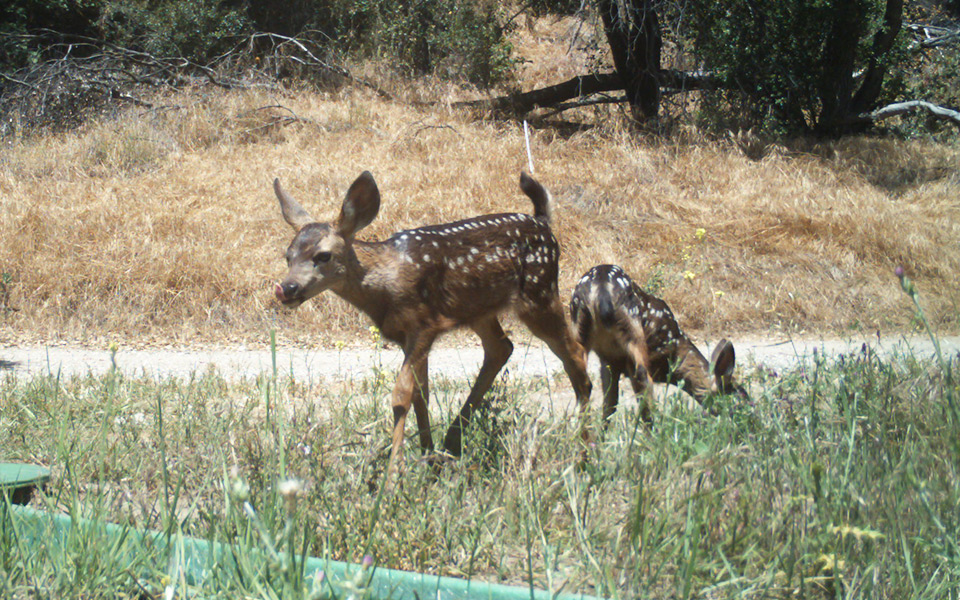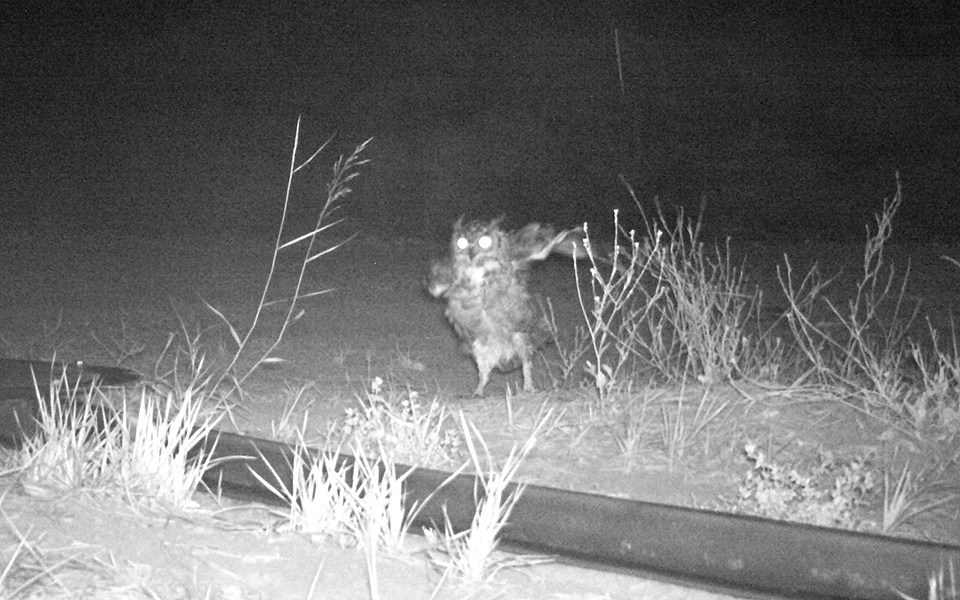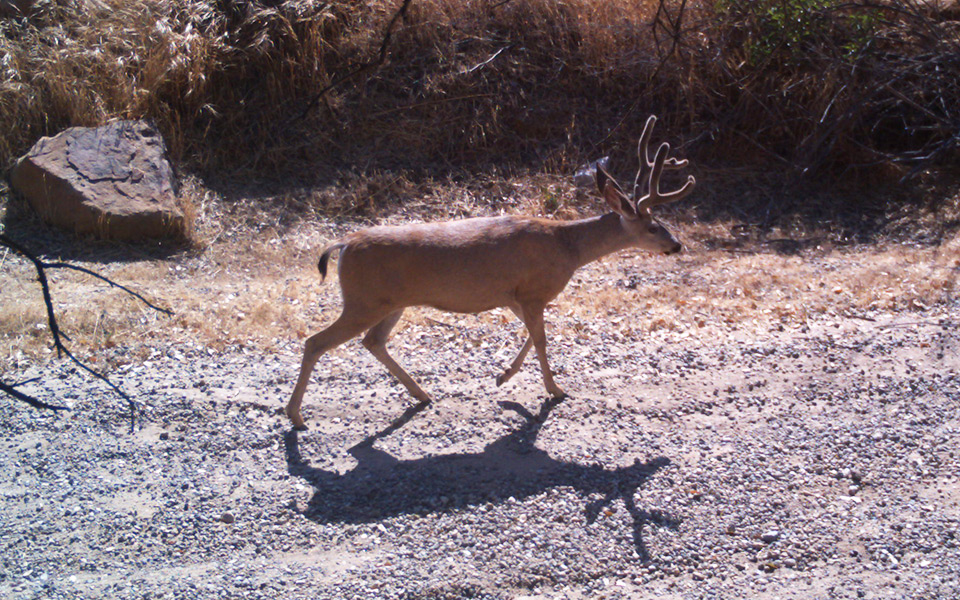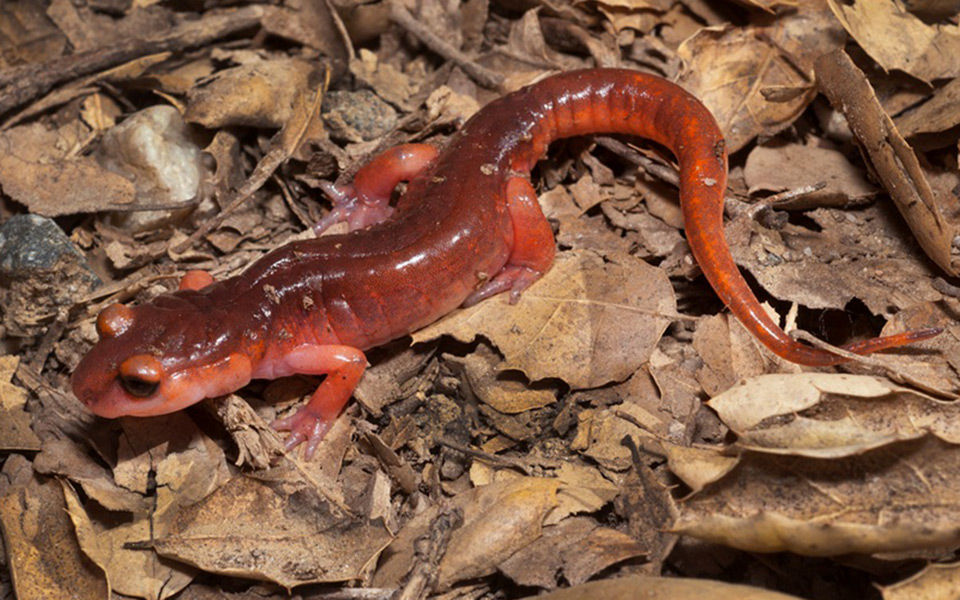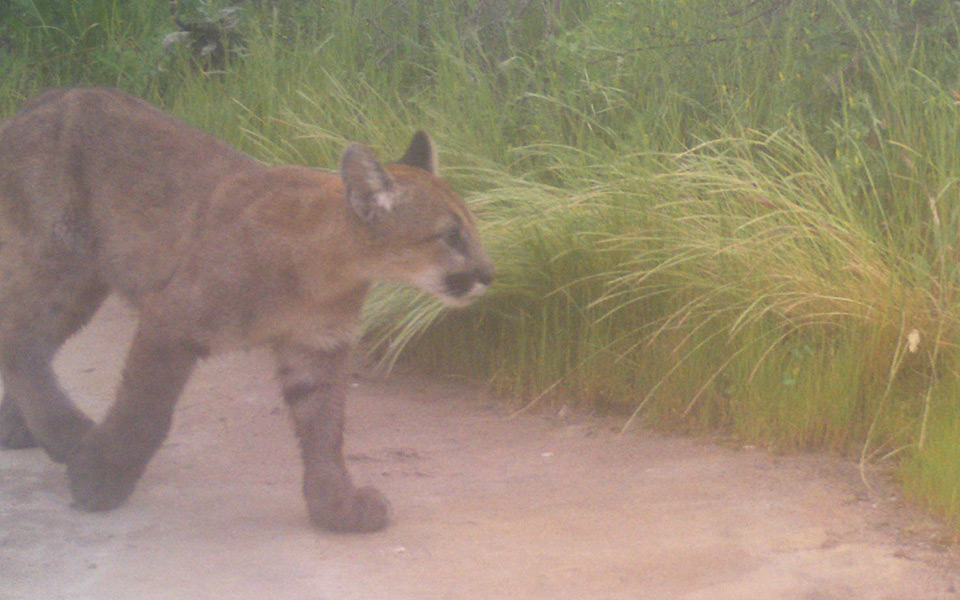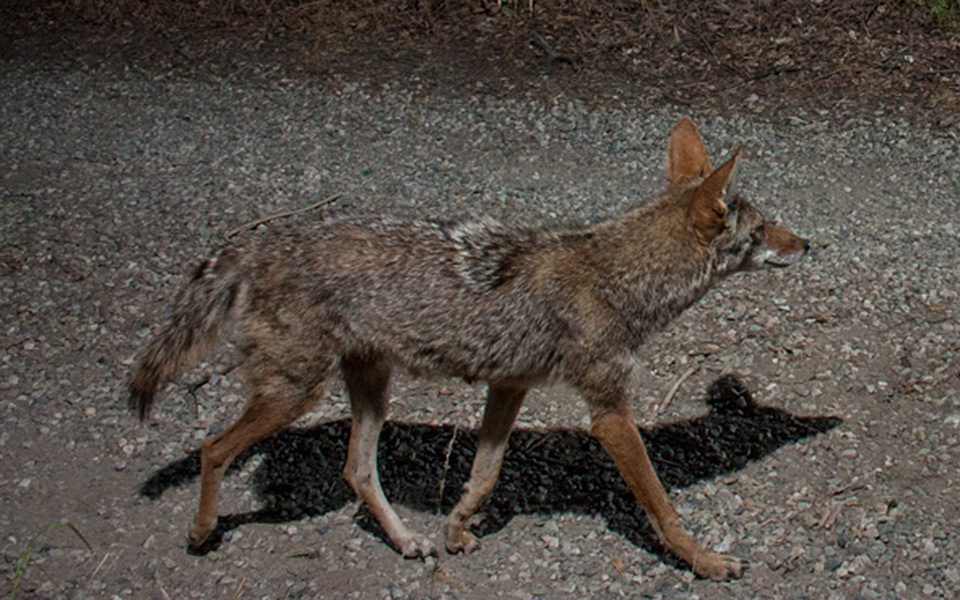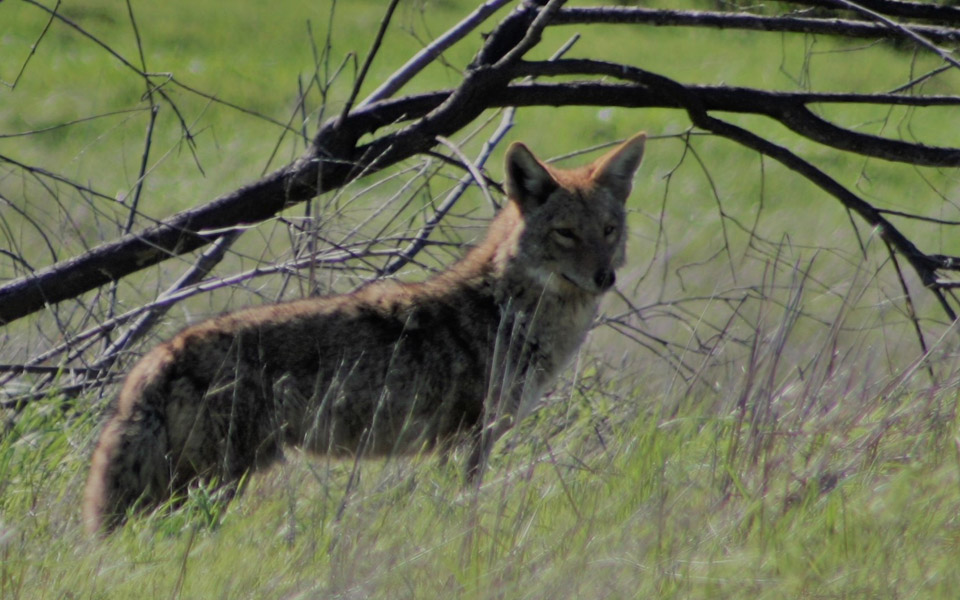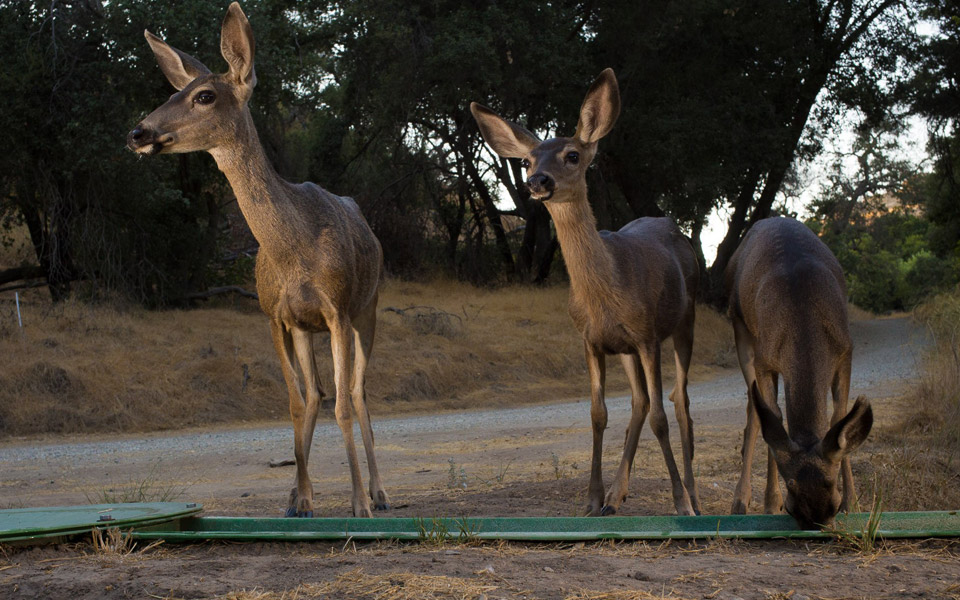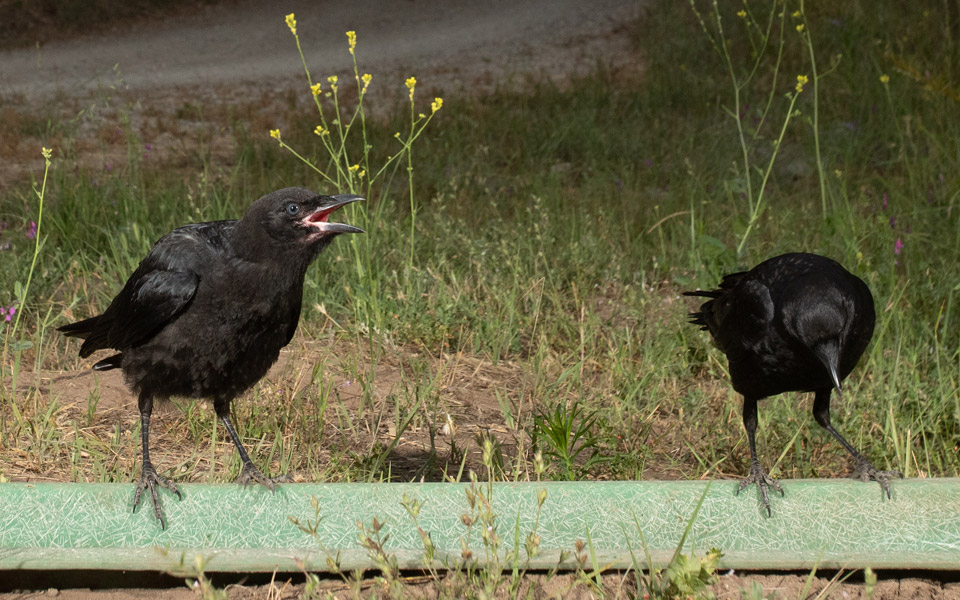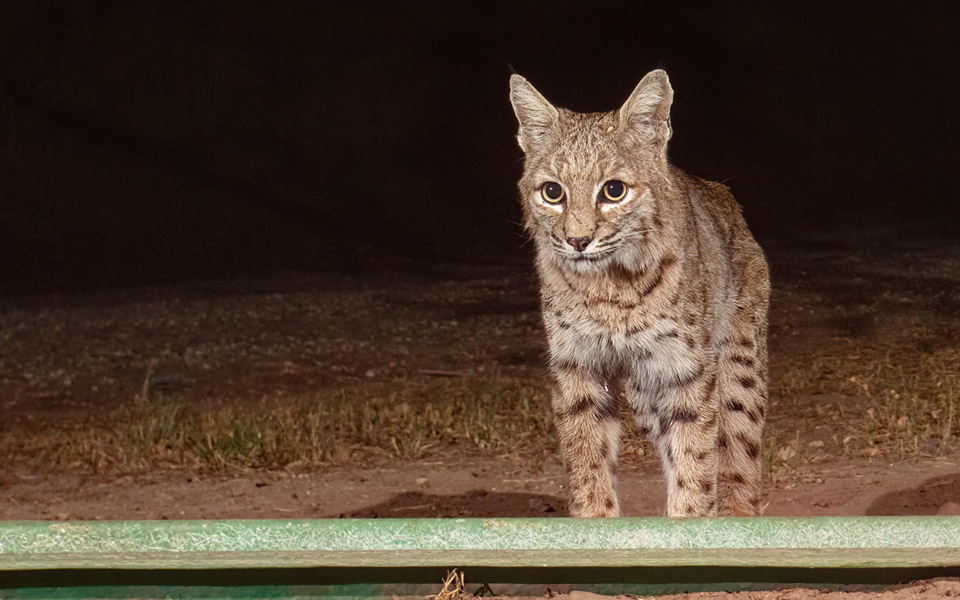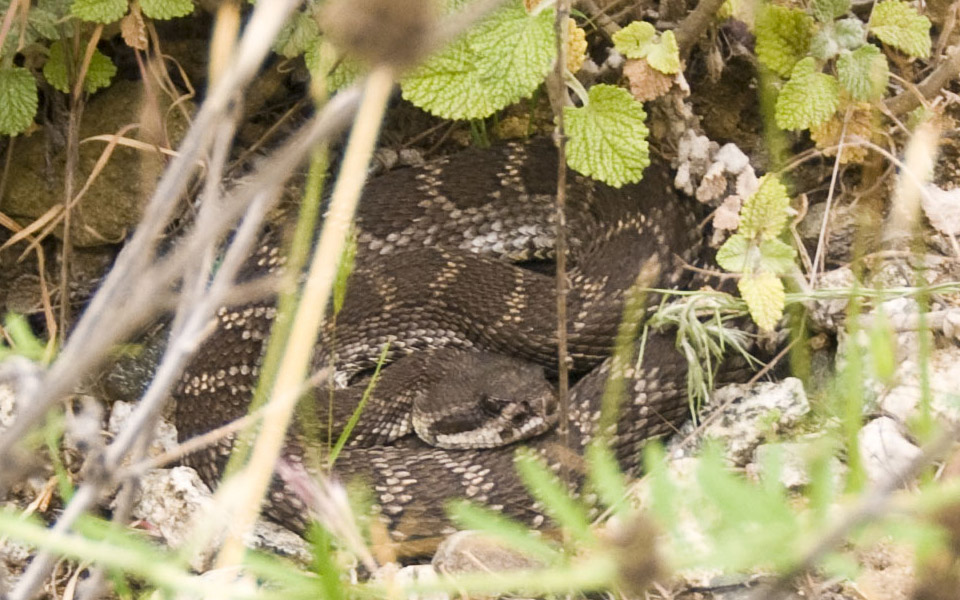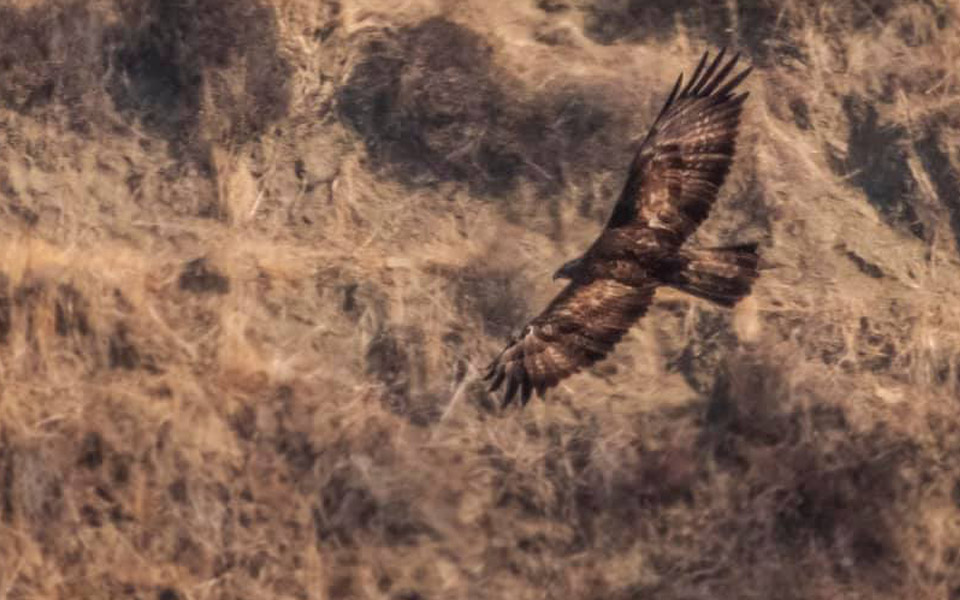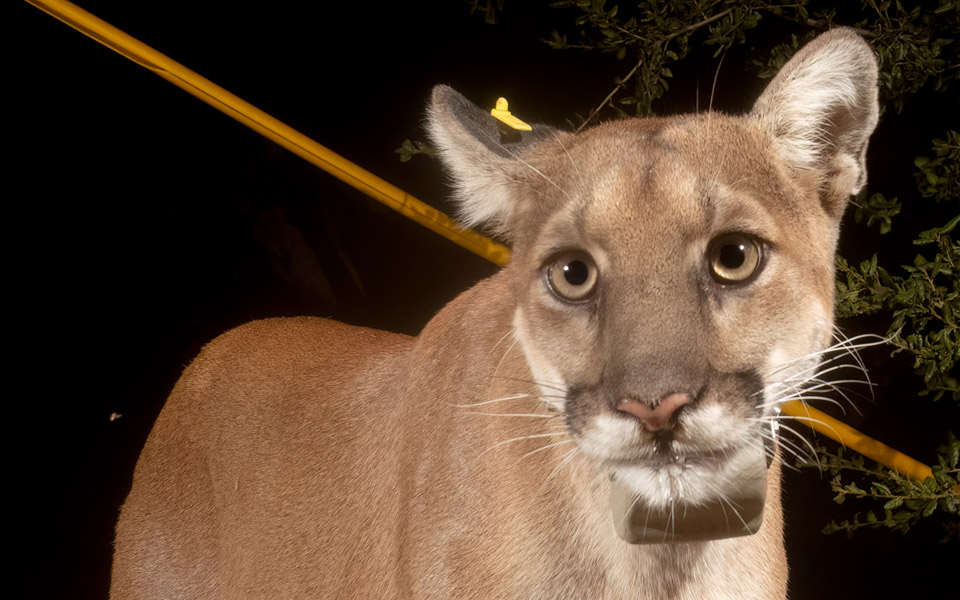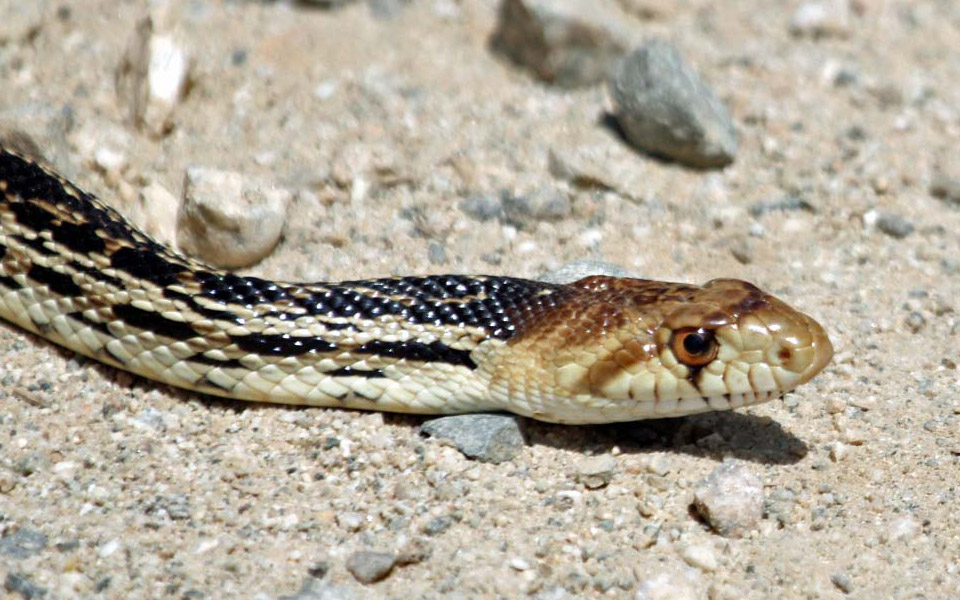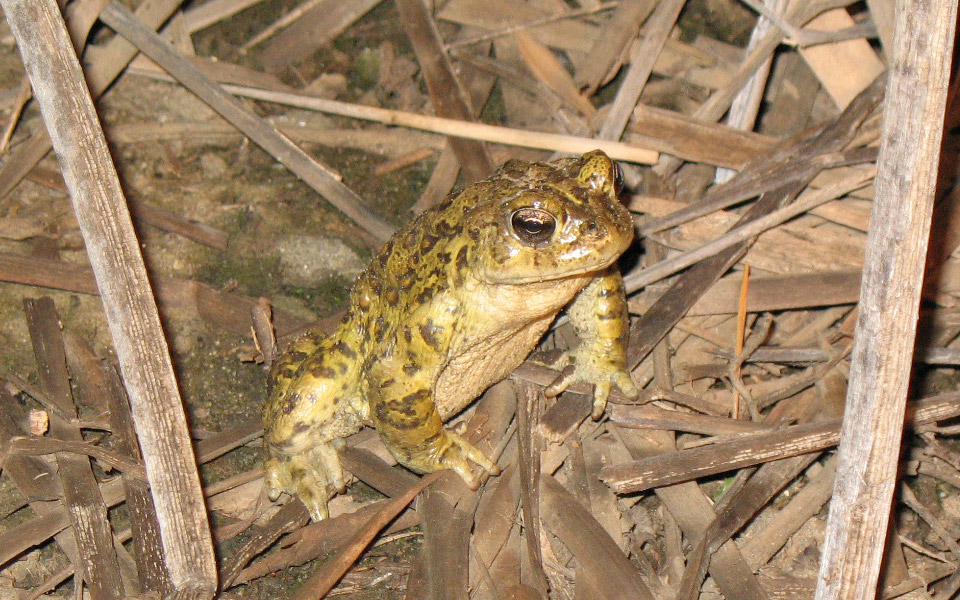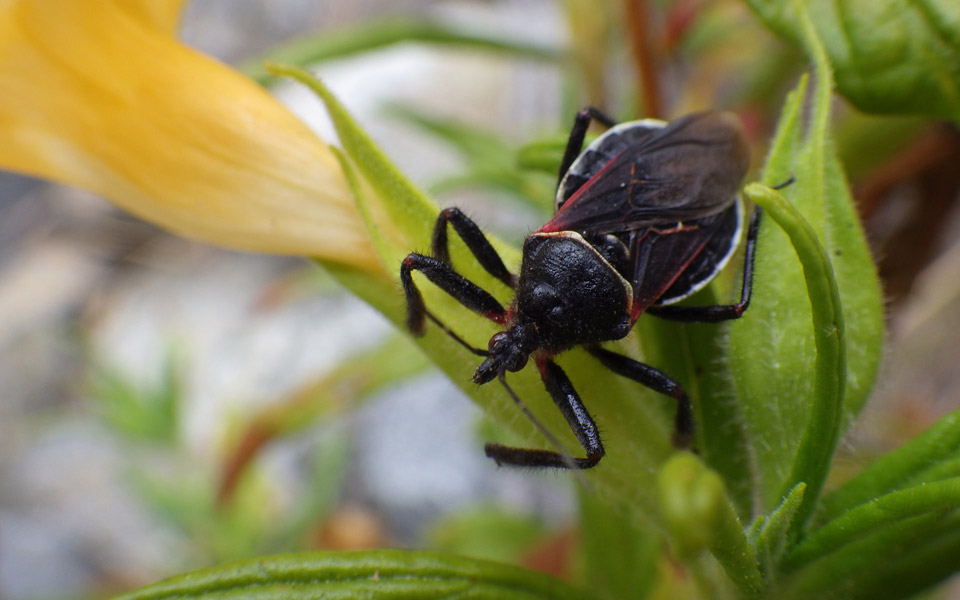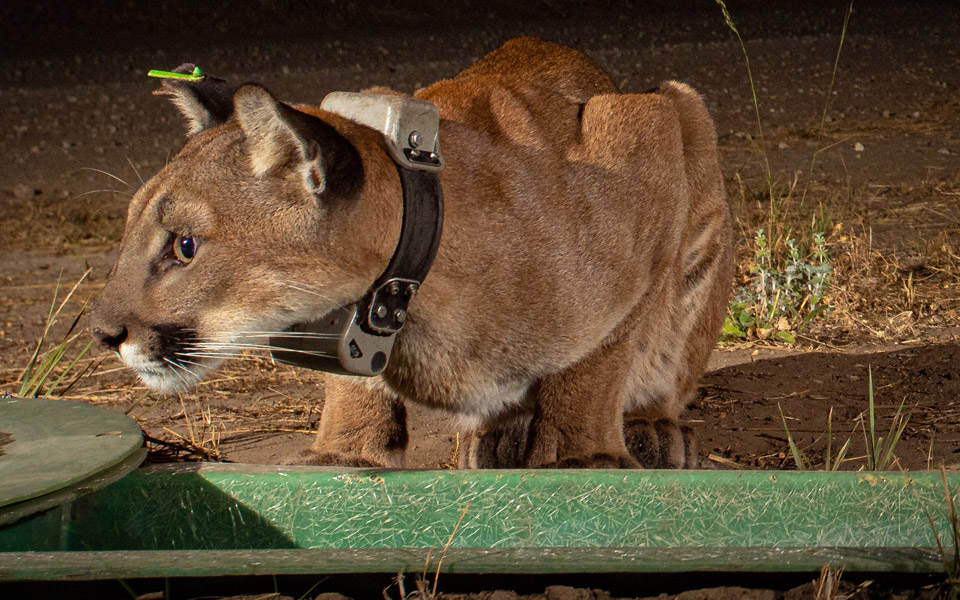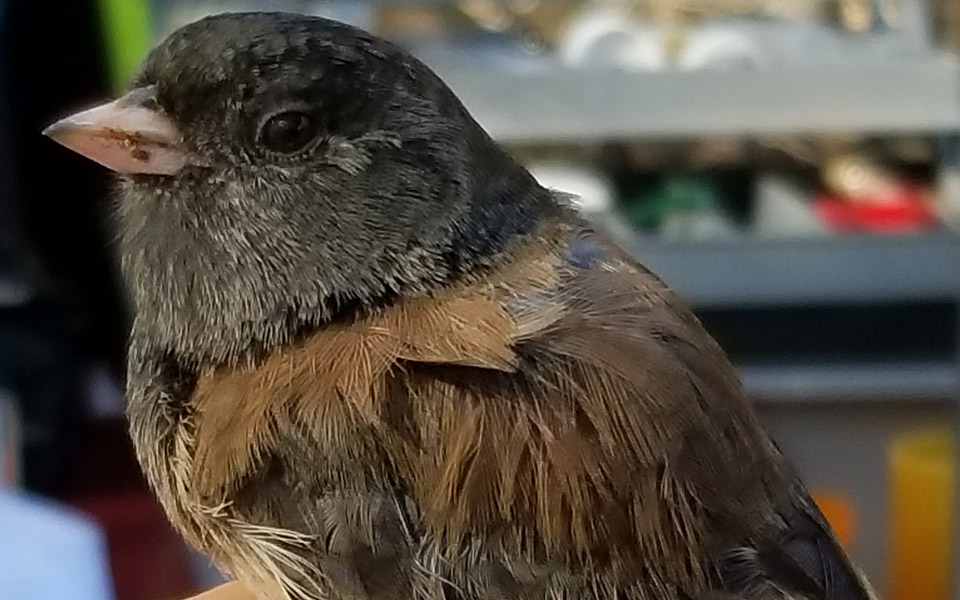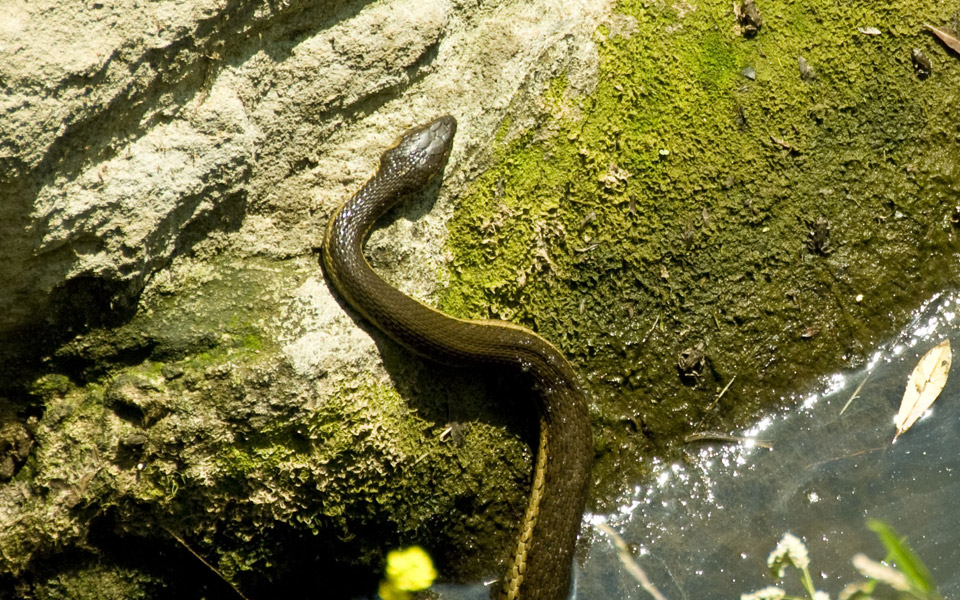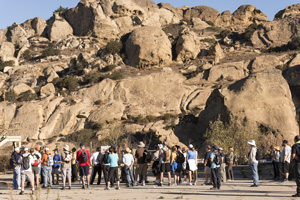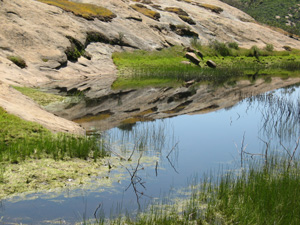Boeing’s National Pollutant Discharge Elimination System (NPDES)
permit allows Boeing to reroute surface water (particularly outfalls
005, 006 and 007) into unlined ponds that result in seepage into the
groundwater, which is used by a large part of the Simi Valley community
for drinking water.
It is important to note that Boeing, DOE and
NASA are working under the oversight of Department of Toxic Substances
Control to reduce contamination in groundwater at Santa Susana.
Groundwater below the site is not — and never will be — used for public
consumption. Last year, DTSC issued a Land Use Covenant and Agreement
that restricts the use of groundwater at the site for domestic use or
human consumption. In addition, the use of groundwater for drinking
water purposes is expressly prohibited in the 2017 Conservation Easement
that Boeing recorded over our approximately 2,400 acres at Santa
Susana.
The ponds are dry most of the year. They fill up during
rain events, then we run the water through the treatment system and
discharge the treated water so we have capacity for the next rain
event. This practice does not leave much opportunity (time) for
infiltration. Silvernale pond, in particular, does not allow much
infiltration because there is a shallow shale layer that prevents
infiltration into the deeper aquifer.
The Groundwater Expert Panel
has studied the groundwater contamination at SSFL for decades, and
based on their analysis of hundreds of monitoring wells both on and off
site, with the exception of a small TCE plume just outside Boeing
property boundary in the NE corner of the site, there is no evidence
that the site contaminants have impacted offsite groundwater.
In
2018, the Regional Board hosted a hearing on the City of Simi Valley’s
groundwater feasibility study. During that hearing, water purveyors and
groundwater experts testified that the groundwater at Santa Susana is
part of a different aquifer with no direct connection to the aquifer
that Simi Valley had proposed to use to supplement drinking water
supplies. In addition, they testified that contamination that may exist
in the Simi Valley aquifer is from local sources and not related to
Santa Susana operations.
